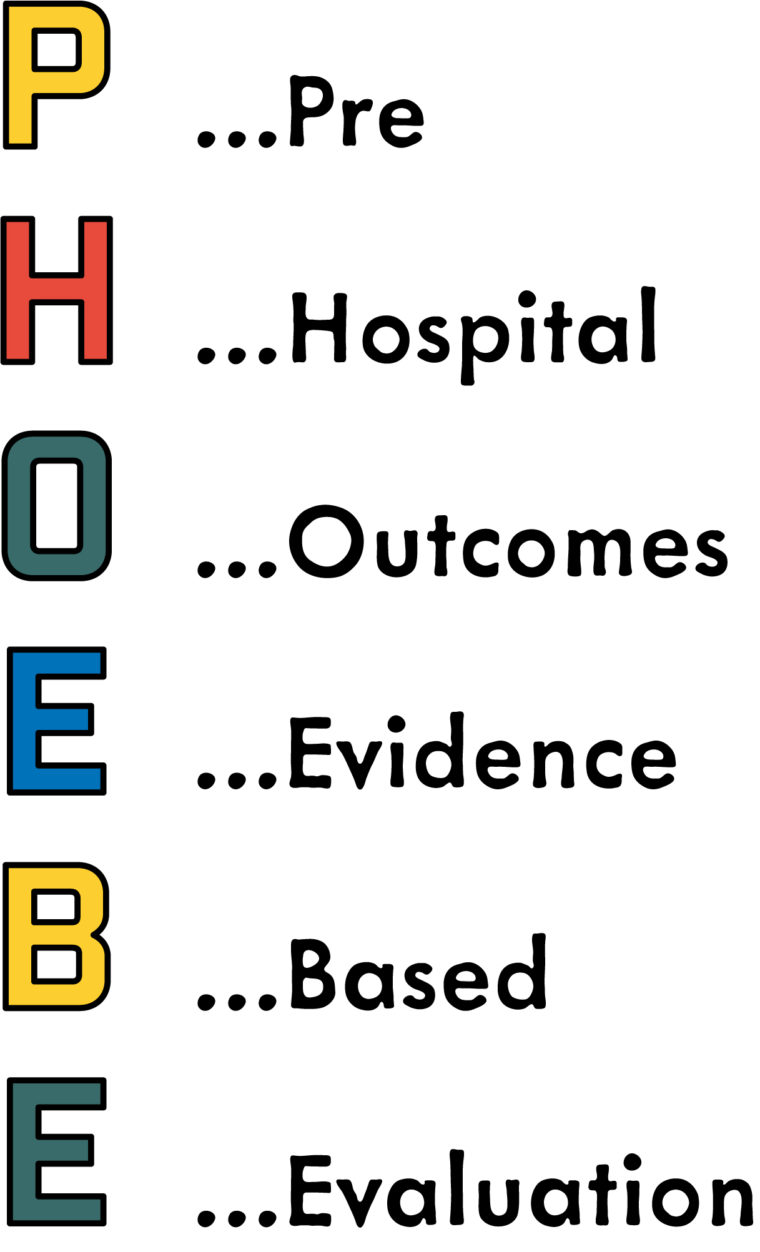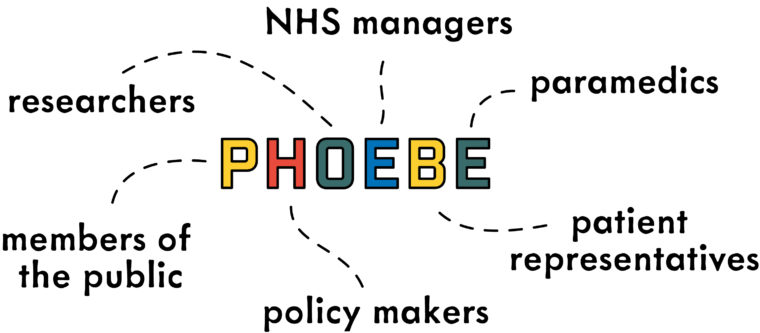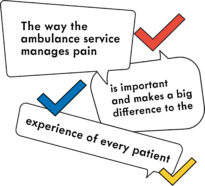 Ambulances should not only be measured on how quickly they respond to calls, but the quality of care given to all patients, research from the University of Sheffield has highlighted.
Ambulances should not only be measured on how quickly they respond to calls, but the quality of care given to all patients, research from the University of Sheffield has highlighted.
An innovative animation produced by researchers and patients highlights the problem with time targets and suggests new ways to assess what makes a good ambulance service.
“For many years the main measure used to assess how good an ambulance service is has been how quickly an ambulance gets to a patient.
Given that fewer than 10 per cent of ambulance calls are for life threatening and time critical problems, it is important that we find better ways to measure how well they are performing that are relevant for everyone who uses the 999 ambulance service.”
The innovative PHOEBE project – which stands for Pre Hospital Outcomes Evidence Based Evaluation – is working with a range of experts including; researchers, paramedics, NHS managers policy makers, as well as patients and members of the public to identify which aspects of ambulance service care they feel are most important.

Andy Irving, Research Associate at the University of Sheffield and lead for patient and public involvement within the PhOEBE project, said:
“Nowadays people call 999 for many different reasons and health problems.
In recognition of this ambulances in England have been changing the way they work. However, many people still hold a fairly traditional view of the ambulance service simply transporting patients to hospital.”

The PhOEBE programme’s patient and public advisors felt important messages from the project around the changing nature of ambulance services and the problems with simple time targets were unlikely to reach beyond a limited academic and NHS professional audience.
Together, they created an animation to provide a clear explanation about the pioneering project and an overview of the range of responses ambulance services now offer, so they can provide the most appropriate care for a wide range of problems. Added Janette Turner;
“Essentially everyone is a potential recipient of ambulance service care and expects a good quality service.
But measurement of care and performance are difficult and complex concepts to describe. Nevertheless the public have a right to know about research that may impact on their health status or the services that they receive.”
Patient and public advisors involved in the project highlighted that the way the ambulance service manages pain is important and makes a big difference to the experience of every patient. PHOEBE is developing ways to show ambulance services, patients and members of the public how well they are doing at managing pain and if this could be improved.
 The pain measure is just one of a range of measurements being developed by the project which will help ambulance services to see how well they are doing in all aspects of the care they offer.
The pain measure is just one of a range of measurements being developed by the project which will help ambulance services to see how well they are doing in all aspects of the care they offer.
In the future this will help services to keep improving so they can provide high quality care and a good experience for everyone who calls the ambulance service.
The PhOEBE project is entering the final stages and will be publishing the final report in 2018.
The project is funded by the National Institute for Health Research (NIHR) Programme Grant for Applied Research (PGfAR) RP-PG-0609-10195 Developing new ways of measuring the impact of ambulance service care.
For more information about PHOEBE please visit: www.sheffield.ac.uk/phoebe
